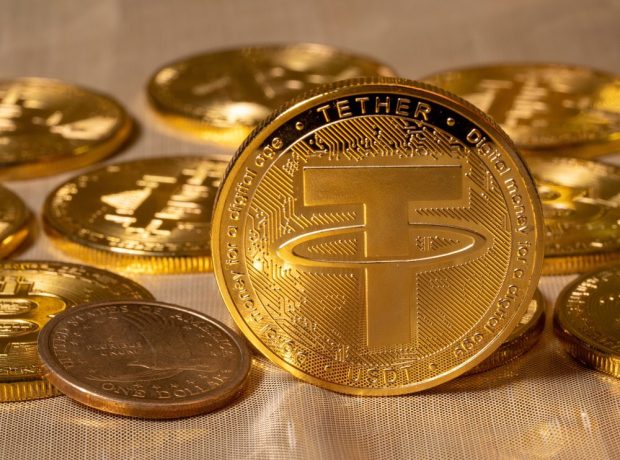Tether Sees Market Cap Drop Amid Broader Stablecoin Troubles

Tether has seen its market capitalization fall for the first time in nine months amid a shaky stablecoin market.
Tether’s USDT token’s market cap fell 1.2% to $82.9 billion in August, Bloomberg News reported Saturday (Sept. 2), citing information from researcher CCData.
That organization also said the entire stablecoin universe shrank for a 17th consecutive month, falling 0.4% to around $125 billion.
As Bloomberg noted, trading volume in the estimated $1 trillion digital-asset sector has fallen this year as interest rates climb, regulators step up their oversight and investors lose interest. Nevertheless, Tether is still the most traded cryptocurrency on the market.
“This ongoing decline reflects not just low trading volumes on centralized exchanges but also a reduced activity in the DeFi space,” said Jacob Joseph, a CCData research analyst.
But despite turmoil in the crypto sector — which has led to, among other things, Binance pulling its stablecoin — Joseph told Bloomberg there are still indications that the stablecoin sector may have bottomed out.
“Although it is early to say if the market cap of stablecoins has finally hit a bottom, there are encouraging signs that hint at some inflow of capital,” he said.
Last month also saw some positive news for the stablecoin sector, the report says, such as PayPal’s debut of its stablecoin. As PYMNTS wrote, that launch “opens the door to a wider discussion of where the digital offerings’ place lies within commerce.”
“For PayPal, the fact that an ecosystem is already firmly entrenched means that there may be a wider path for stablecoins to make inroads into commerce, moving beyond a status of an ‘onramp’ into crypto,” that report said.
Elsewhere on this front, a trio of Republican lawmakers last week criticized the Federal Reserve’s plan to regulate stablecoins.
That plan unveiled earlier in August, requires member banks that deal with stablecoins to get written permission from the central bank before issuing, holding, or transacting in dollar tokens.
“The requirement is aimed at ensuring that banks have appropriate risk management practices in place, including systems to identify and monitor potential risks such as cybersecurity threats and illicit finance risks,” PYMNTS wrote earlier this week.
The GOP lawmakers say the Fed was undercutting congressional plans for laws governing stablecoins and warned the regulations would scare banks away from the crypto sector.
“Congress understands the need to provide regulatory certainty for payment stablecoins and the broader digital asset ecosystem,” their letter said. “A regulatory framework established by Congress will better protect consumers and provide certainty to market participants.”
